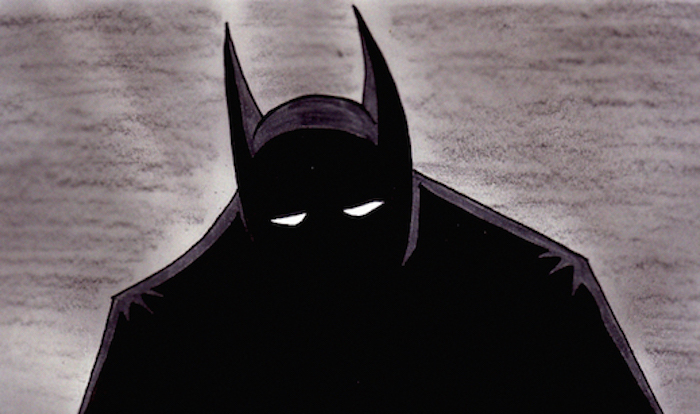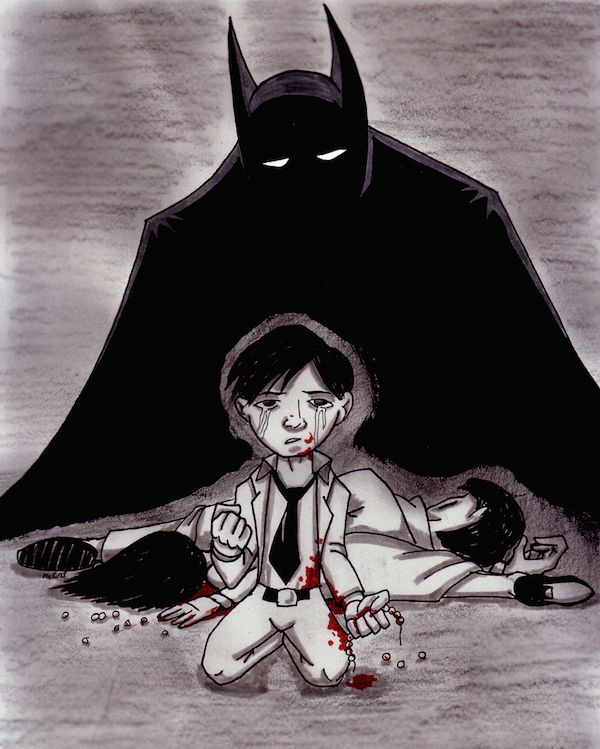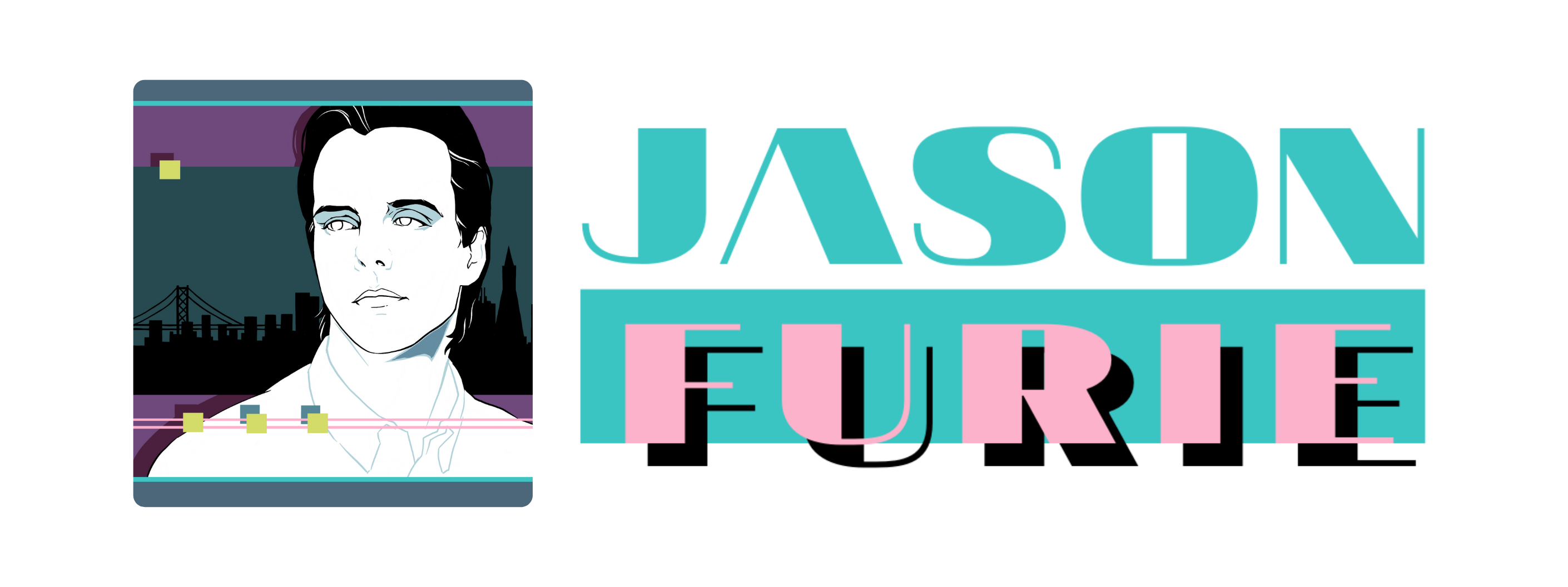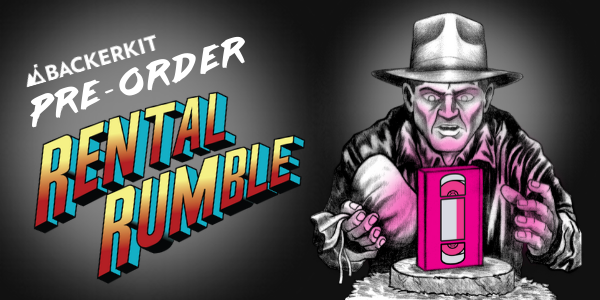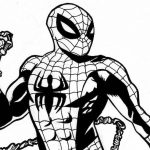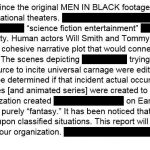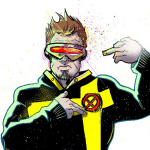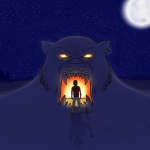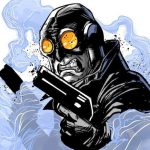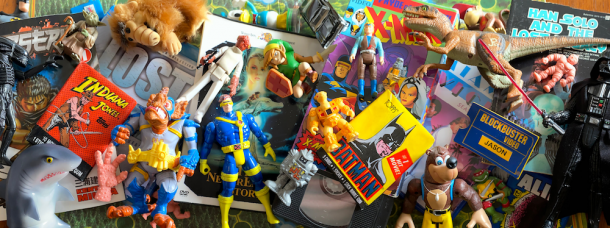I’d be lying if I said DC Comics’ 2011 campaign to revitalize their stable of characters with a clean-slate reboot dubbed the “New 52” was a rousing success. At best, it was a lukewarm endeavor that managed to wrangle some truly talented writers and artists onto books you never would have anticipated being made for brief periods of time. At worst, the continuing series of retcon punches and off-model character motivations seemed to either drive away fans devoted to the previous longstanding continuity or confuse the hell out of the new readers. Creative decisions like dissolving Superman’s marriage to Lois Lane in order to give him an out-of-nowhere relationship with Wonder Woman, Barbara Gordon being un-paralyzed and becoming Batgirl again after establishing herself as a positive example for disabled heroes in her role as Oracle, the seemingly gratuitous over-sexualization of fan-favorite characters like Starfire and Harley Quinn and an overall darkening or gritty refocusing of the DC brand seemed to fiercely divide the fan base. But throughout all of the turmoil and harsh criticisms, it was Writer Scott Snyder (AMERICAN VAMPIRE) and Artist Greg Capullo (SPAWN) who appeared to churn out a consistent amount of quality with their New 52 run on, let’s face it, DC’s flagship hero: Batman.
Am I biased due to being a Batman fan? Most definitely, but I feel the proof is in the pudding as Snyder and Capullo were one of the very few creative teams that maintained their staying power with their chosen character throughout the entirety of the New 52. Other writers and artists may have jumped on for an issue or two (or with back-up stories), but all seemed geared towards and fed into the duo’s very unique vision for the Dark Knight. Despite the company-wide mess that was the New 52 timeline and the question of how much of Batman’s previous continuity still remained canon, none of that noise seemed to matter as Snyder and Capullo soldiered on with a book that had its attention placed firmly elsewhere: story and character development.
To me, New 52 BATMAN always felt like a Marvel comic in DC drag. You could jump into any point of the run without needing much set-up as opposed to gorgeous books with confused narratives such as JUSTICE LEAGUE. Batman is the Batman you expect him to be, but with a few new tweaks and his cast of supporting players and villains seem to be the most iconic versions of themselves. In many ways, the world of New 52 Bats felt almost like a spiritual successor to Bruce Timm’s critically-acclaimed BATMAN: THE ANIMATED SERIES. Changes are made here and there to designs and origins, but the characters still ring true as the comic book icons we know them to be. The Riddler may not have turned into the Riddler the exact same way, but he is still the quintessential Riddler.
Snyder accomplished a pretty good balancing act with the Batman/Bruce Wayne character, making him perhaps the most emotionally-driven by his vigilante mission he has ever been, but at that same time playing up his genuine philanthropic and progressive endeavors for Gotham City’s restoration as a billionaire. For the first time in a long time, Bruce Wayne didn’t seem like just a mask and Batman didn’t come off as some cold and calculating robot. He could still be those things, but there was a much-needed dose of humanity in his stories now.
A lot of that can be attributed to Capullo’s artwork, as well. I’d been familiar with his work on SPAWN and thought it fit that book well, but he upped his game considerably for Gotham and its denizens. Batman is still the shadowy figure with the pale-white eye slits peering at you, and still cuts an intimidating swath. But Capullo’s Bruce Wayne carries himself differently. There is no constant scowl as his expression conveys more of a melancholy acceptance of his lot in life. The anger, pain and sadness of the loss of his parents is still there, but it’s been tempered. My favorite scenes throughout the run are when he is just hanging out in the Batcave shooting dialogue off of Alfred or Nightwing. He’s still terse and guarded with his closest confidants (as well as being an infuriating know-it-all), but there’s a lightness and, dare I say, certain amount of levity to these interactions that was never really there before.
Snyder and Capullo also put their unique seal on the Bat-mythology by expanding not just on the history of the characters, but on the history Gotham. The city (both its structures and its people) become integral to many plots as the series progresses. It gets a great start in the first story arc titled “The Court of Owls” as Batman quickly discovers that a secret evil society has been operating for more than a century within the shadows of Gotham’s shadows. As much as Bruce would like to think that he knows his hometown like the back of his hand, he is quickly broken free of that illusion and has to adapt or die. A lot of Wayne family history is revealed throughout the run, but without a doubt the best examples of it can be found in the arc retelling the Bat-origin dubbed “Zero Year.”
Set about 5-6 years before current day, “Zero Year” explores Bruce’s return to Gotham to carry out his mission, his search for purpose and for an identity that can effectively wage war on criminals as well as his first encounters with characters such as Jim Gordon, Lucius Fox, Riddler and Red Hood (who may or may not be the Joker?). It’s almost like a 21st Century overhaul of Frank Miller’s BATMAN: YEAR ONE. It has compelling action and character moments, but what stays with me are the flashback sequences involving a younger Bruce and his parents. For a long while, we only knew the Waynes as victims to crime, the haunting memory that compels Batman to do what he does. In this arc, we not only witness Thomas and Martha Wayne instilling Bruce with a moral compass, but we see them interact as a family. These scenes make any future reference to them all the more heartbreaking and make Batman all the more human. It hits the right emotional buttons without going overboard.
But along with being more in-depth with regards to character and history, New 52 BATMAN was just a lot of fun. Be it the MAD MAX-levels of dystopia in “Zero Year,” the intriguing conspiracy and mystery in “The Court of Owls” or the demented delights that were the Joker-centric “Death of the Family” and “Endgame,” Snyder and Capullo unashamedly pulled out all the stops to make their run memorable. Even their swan song with the “Superheavy” arc ultimately proved to be the most Batman-action packed story in a long while…and Batman doesn’t even show up until the final battle! They went for broke and made each issue end in such a compelling or cliffhanger way, that I could not wait for the following month’s issue.
DC is getting yet another soft reboot this summer with “Rebirth” and Batman will have a new creative team handling his adventures, but Snyder and Capullo have laid the groundwork well for a brand new chapter while keeping their time on the book just as memorable. I highly recommend finding any back issues and trades that are currently available and even go so far as to get their final issue together. Issue #51 will go down as one of my favorite reads of the year. The story titled “Gotham Is” is very simple: Batman is out in the night on patrol following an unexpected blackout all the while an anonymous narrator pens a letter to the vigilante stating all the things Gotham means to its citizens. It is a call back to the beginning of the New 52 run as it feels as though the theme of the intertwining of the Dark Knight with his city has come full circle. Even if you had never read any of the series up to that point, you could still dive in and have a complete understanding of what it’s all been about with just the final image: the sun rising on a sleeping Gotham as Batman stands on a ledge looking out over all of it…just waiting to spring into action and help the helpless.
Quintessential storytelling. Quintessential artwork. Quintessential Batman.
Overall Series Score: 9.5 out of 10

